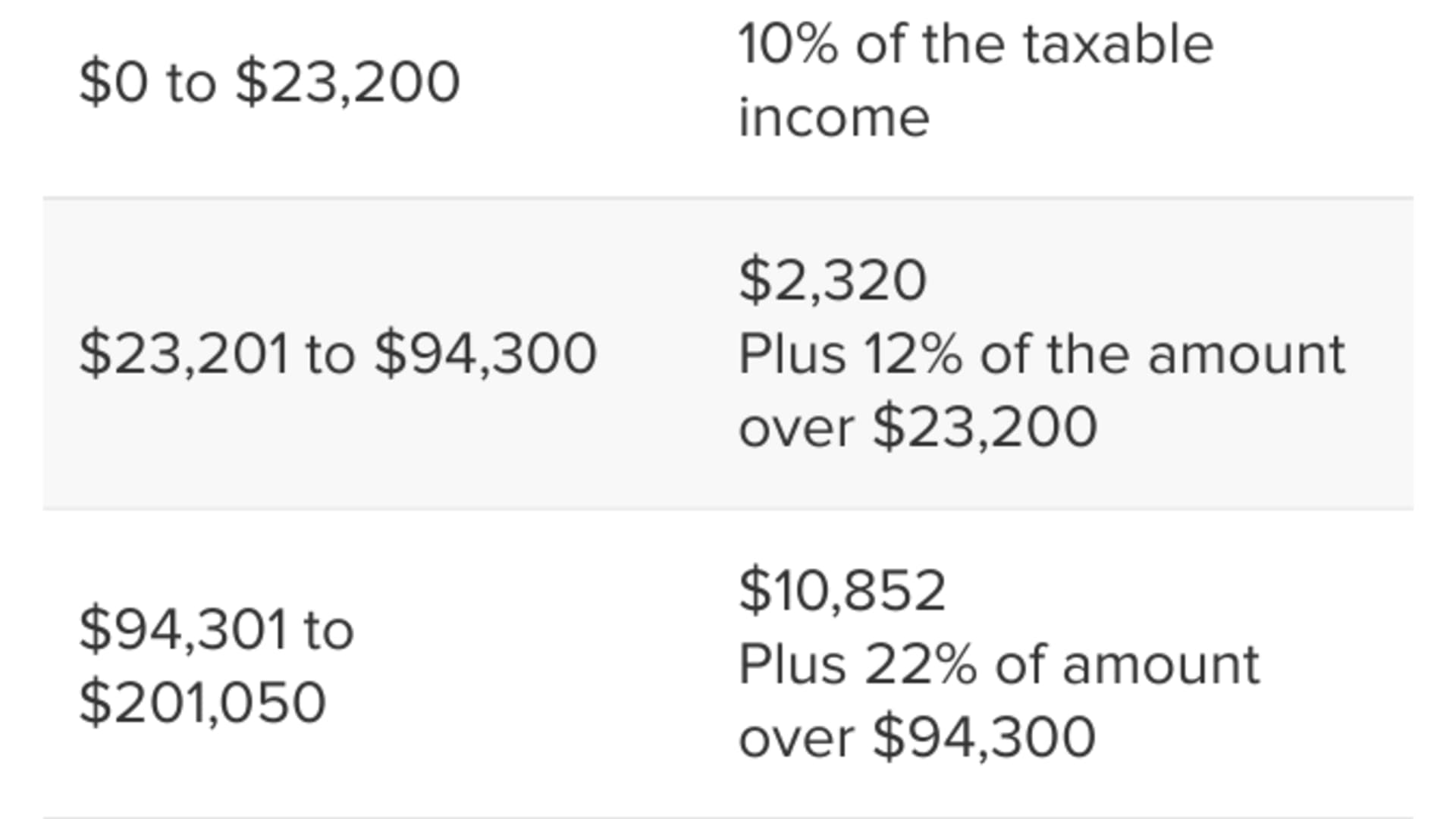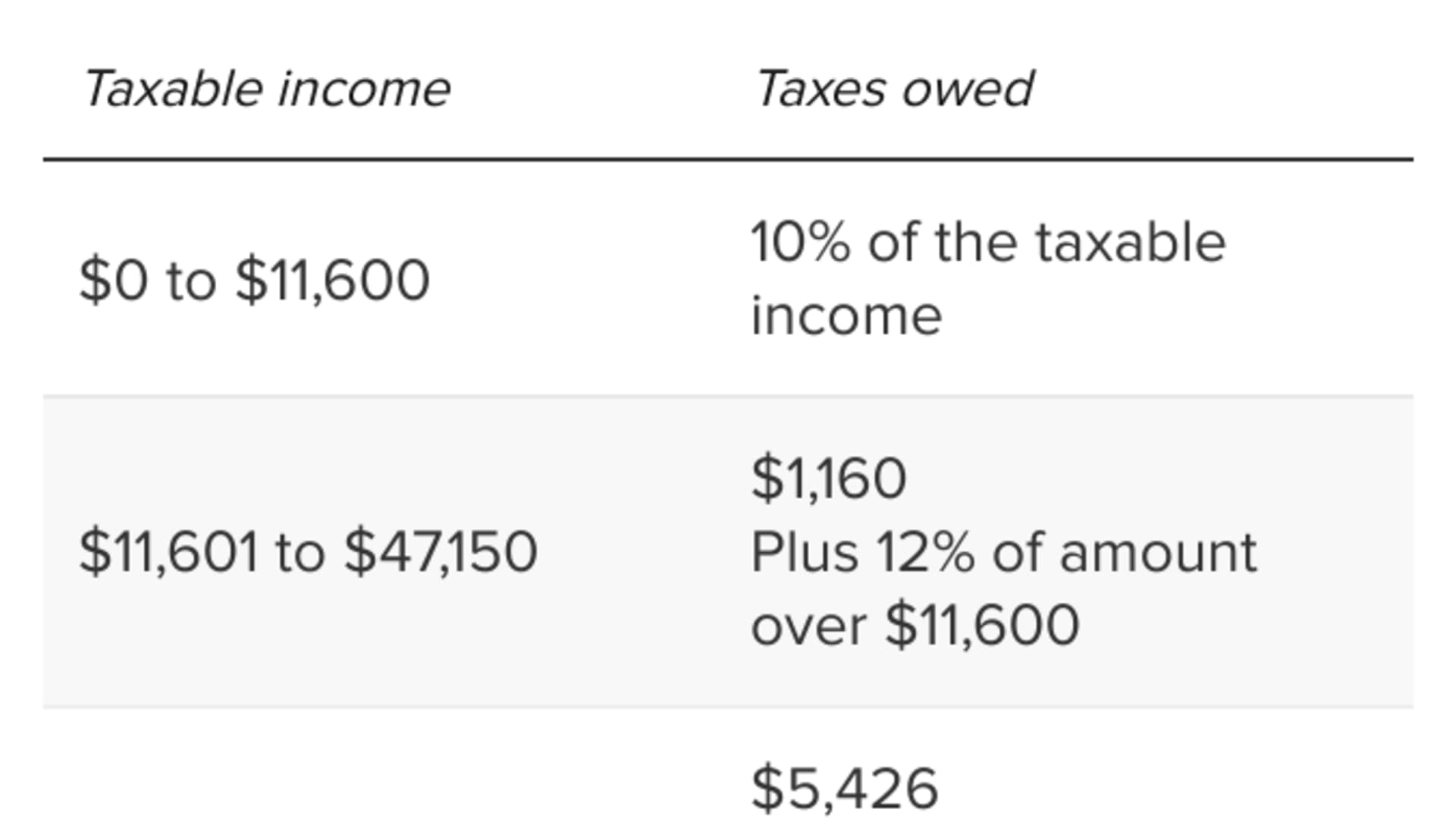
- Several provisions from the Tax Cuts and Jobs Act of 2017 are scheduled to expire at the end of 2025 without changes from Congress.
- Enacted by former President Donald Trump, the law included lower tax brackets, a higher standard deduction and a boost to the child tax credit, among other changes.
- However, the future of these provisions is unclear with control of the White House and Congress uncertain.
Most Americans have paid lower income taxes since 2018 — and trillions in tax breaks will sunset next year without action from Congress.
Enacted by former President Donald Trump, the Tax Cuts and Jobs Act of 2017, or TCJA, temporarily changed several key provisions for individual taxpayers. A battle over these expirations is looming amid the federal budget deficit.
"It's enormous," said Howard Gleckman, senior fellow at the Urban-Brookings Tax Policy Center. "Pretty much the entire individual income tax code is on the table at the end of 2025."
Get San Diego local news, weather forecasts, sports and lifestyle stories to your inbox. Sign up for NBC San Diego newsletters.
More from Personal Finance:
Biden, Trump face 'massive tax cliff' amid budget deficit, experts say
Trump vs. Biden: What a presidential election rematch could mean for your taxes
Biden plans for higher taxes on the ultra-wealthy to extend middle-class tax breaks
President Joe Biden and Trump, who are both campaigning for the presidency, have voiced similar positions on extending middle-class TCJA provisions. But it's tough to predict the future of these tax breaks with control of the White House and Congress uncertain.
Here's how the TCJA affected most individual taxpayers — and how that could change after 2025.
Money Report
Individual rates
"The biggest tax cut that's expiring is the lower rates and wider brackets," said Erica York, senior economist and research director with the Tax Foundation's Center for Federal Tax Policy.
The TCJA reduced federal income tax rates across the board, with the top rate falling to 37% from 39.6%.
Without updates from Congress, the individual rates will revert to pre-TCJA levels after 2025. That would return the federal income tax rates to 10%, 15%, 25%, 28%, 33%, 35% and 39.6%.


In the meantime, some higher earners have been leveraging lower income tax rates through 2025 by incurring income now, experts say.
For example, some higher earners have made Roth individual retirement account conversions while brackets are lower. The strategy transfers pretax or nondeductible IRA money to a Roth IRA. The trade-off is an upfront tax bill on the converted balance.
Others have taken withdrawals from inherited IRAs sooner to minimize the future taxes on required minimum distributions.
The standard deduction could fall
When filing taxes, you claim the standard deduction or itemized deductions, whichever is greater. Both options reduce your taxable income.
Some itemized deductions include charitable gifts, a certain percentage of medical expenses, and state and local taxes, or SALT, a tax break that TCJA capped at $10,000.
The TCJA nearly doubled the standard deduction, which made it less likely that filers would itemize tax breaks. That could change after 2025 if the standard deduction reverts to 2017 levels, experts say.
Before 2018, about 70% of taxpayers claimed the standard deduction, compared with 90% in tax year 2020, according to the Tax Policy Center.
The $10,000 limit on the SALT deduction was enacted to help pay for TCJA changes — and it's been a key issue for some lawmakers in high-tax states such as California, New Jersey and New York.
The SALT cap is scheduled to expire in 2025. But "there are problems with the politics of the cap" because a higher limit primarily benefits higher earners, Gleckman said.
The child tax credit could drop
The TCJA boosted the child tax credit by doubling the maximum tax break to $2,000, increasing the refundable portion to $1,400 and widening eligibility. That will revert to 2017 levels without changes from Congress.
House lawmakers in January passed a bipartisan tax package, including child tax credit enhancements. While the bill has stalled in the Senate, the debate could influence negotiations as the 2025 deadline approaches.
The 'biggest issue' for high-net-worth Americans
There are also higher federal gift and estate tax exemptions through 2025, which allow more ultra-wealthy Americans to transfer tax-free assets to the next generation.
In 2024, the tax-free limits on gifts during life or death rose to $13.61 million per individual or $27.22 million for spouses. But those limits will drop by about half in 2026 without new laws from Congress.
"[It's] the biggest issue that we're talking with clients about right now," Robert Dietz, national director of tax research at Bernstein Private Wealth Management in Minneapolis, previously said in an interview with CNBC.
The looming change to the higher exemption has prompted some ultra-wealthy Americans to make lifetime gifts to remove assets from their estate, experts say.
However, lower federal gift and estate tax exemptions wouldn't impact most filers. Less than 0.2% of people who died in 2023 were expected to have a taxable estate, according to estimates from the Tax Policy Center.






